Home>Articles>How To Hang Plants In Balcony Without Drilling


Articles
How To Hang Plants In Balcony Without Drilling
Modified: January 6, 2024
Discover creative ways of hanging plants in your balcony without drilling. Read our informative articles for tips and ideas on how to create a green oasis at your home.
(Many of the links in this article redirect to a specific reviewed product. Your purchase of these products through affiliate links helps to generate commission for Storables.com, at no extra cost. Learn more)
Introduction
Having plants in your balcony can bring a sense of tranquility and beauty to your outdoor space. However, drilling holes in the balcony walls or ceilings to hang your plants may not always be an option. Luckily, there are several alternative methods that allow you to hang plants without the need for drilling.
In this article, we will explore different creative and non-destructive ways to hang plants in your balcony. Whether you have a small or large balcony, these methods will help you bring nature’s touch to your outdoor oasis without causing any damage. Let’s dive in!
Key Takeaways:
- Transform your balcony into a lush oasis by hanging plants without drilling. From versatile hanging planters to DIY macrame hangers, there are creative and non-destructive options to bring nature’s touch to your outdoor space.
- Embrace the beauty of nature and enjoy a serene balcony retreat with hanging plants. Whether using tension rods, adhesive hooks, or railings, these non-permanent methods offer a visually appealing and damage-free way to showcase your greenery.
Read more: How To Hang Hanging Baskets Without Drilling
Option 1: Using Hanging Planters
Hanging planters are a popular and versatile option for hanging plants in your balcony without drilling. These planters are designed with hooks or ropes that can be easily attached to the balcony railing, hooks, or any other sturdy structure.
Before purchasing hanging planters, consider the weight and size of your plants. You want to ensure that the planter can accommodate the plant’s roots and provide enough support. Hanging planters come in various materials such as plastic, metal, or woven materials like macrame.
To hang your plants using hanging planters, follow these steps:
- Choose a suitable location on your balcony to hang the planter.
- Attach the planter’s hook or rope securely to the balcony railing or hook.
- Add potting soil and carefully plant your chosen plant in the planter.
- Ensure the planter is level and stable before proceeding.
- Gently water the plant, being mindful to not overwater and cause any drainage issues.
One advantage of using hanging planters is the flexibility they offer. You can easily move them around to change the arrangement or rotate different plants to receive proper sunlight.
Remember to regularly check the weight capacity of your balcony and ensure that you are not overloading it with too many hanging planters. Additionally, be mindful of the wind conditions in your area, as strong gusts can cause swinging or even knock over the planters.
Using hanging planters is an efficient and visually appealing way to bring greenery to your balcony space without the need for drilling holes. It provides an opportunity to showcase different plants at varying heights, creating a stunning and dynamic display.
Option 2: Utilizing Plant Stands or Shelves
If you prefer not to hang your plants from the balcony railing or ceiling, using plant stands or shelves is a fantastic alternative. Plant stands or shelves come in various designs, sizes, and materials, allowing you to showcase your plants in a visually appealing way.
Here’s how you can utilize plant stands or shelves to hang plants in your balcony:
- Select a plant stand or shelf that suits your balcony decor and matches the size of your plants.
- Place the plant stand or shelf in a suitable location on your balcony.
- Arrange your plants on the stand or shelf, ensuring they receive adequate sunlight and airflow.
- Water your plants while being cautious of any potential drainage issues. Consider using trays or saucers to catch excess water.
Plant stands or shelves are not only practical but also serve as decorative elements in your balcony. They can elevate and showcase your plants at varying heights, adding depth and visual interest to your space. Moreover, they are easy to move around, allowing you to rearrange your plants whenever desired.
When selecting a plant stand or shelf, it’s essential to consider the weight-bearing capacity. Ensure that the stand or shelf can support the weight of your plants and is stable enough to withstand any external elements, such as wind or accidental bumps.
Additionally, make sure to place the plant stand or shelf away from walkways to prevent any potential tripping hazards. Be mindful of the space it occupies and how it fits into the overall layout of your balcony.
Utilizing plant stands or shelves is an excellent option for those who prefer a more organized and structured display of their plants. It provides a dedicated space for each plant, enabling you to create a beautiful and harmonious arrangement in your balcony without the need for drilling.
Option 3: DIY Macrame Hangers
If you’re feeling crafty and want to add a touch of bohemian charm to your balcony, DIY macrame hangers are the perfect solution. Macrame hangers are made using various knotting techniques and offer a unique and stylish way to hang your plants without drilling.
Here’s a step-by-step guide to creating your own DIY macrame hangers:
- Gather the necessary materials, including macrame cord or rope, a metal or wooden hoop, scissors, and a plant pot.
- Measure and cut the macrame cord into multiple strands of equal length, depending on how long you want your hanger to be.
- Tie a knot at one end of the strands, leaving a loop to hang the hanger.
- Separate the strands into pairs and tie knots a few inches below the loop.
- Continue creating knots with the paired strands, spacing them evenly apart. You can use various knotting techniques like square knots or half knots to create a decorative pattern.
- Once you’ve reached the desired length, gather all the strands and tie a knot at the bottom to secure the hanger.
- Attach the metal or wooden hoop to the top of the hanger, ensuring it is securely fastened.
- Insert the plant pot into the hanger, adjusting it for balance and ensuring it is secure.
DIY macrame hangers allow you to customize the length, design, and even the color of the hanger to match your balcony’s aesthetics. You can experiment with different knotting patterns or incorporate beads and other decorative elements for added charm.
When hanging your macrame hangers, ensure that the hook or support can handle the weight of the plant and the hanger itself. Double-check that the hanger is sturdy and balanced to prevent any accidents or damage to your plants.
DIY macrame hangers not only serve as functional plant holders but also add a delightful bohemian touch to your balcony. They create an eye-catching focal point and can be grouped together to create an impressive display. Get creative and let your craftsmanship shine in bringing a touch of handmade beauty to your balcony!
Use adhesive hooks or tension rods to hang plants without drilling. Adhesive hooks can hold lightweight plants, while tension rods can be used to create a hanging rod for multiple plants.
Option 4: Using Tension Rods or Curtain Rods
If you have a balcony with walls or railings that are suitable for mounting tension rods or curtain rods, this option provides a simple and effective way to hang plants. Tension rods are extendable rods that create tension between two surfaces, while curtain rods are typically installed using brackets.
Here’s how you can use tension rods or curtain rods to hang plants in your balcony:
- Measure the width of the space where you want to hang the plants.
- Choose a tension rod or curtain rod that fits the measured width. Ensure it is strong enough to hold the weight of your plants.
- Insert the tension rod or install the curtain rod according to the manufacturer’s instructions.
- Hang S-hooks or other forms of hangers from the tension rod or curtain rod.
- Attach the plant pots or hanging planters to the S-hooks or hangers.
This method is especially useful for hanging multiple plants or creating a vertical garden in your balcony. You can adjust the height of the tension rod or curtain rod as needed and easily move the plants around if you want to change the arrangement.
When using tension rods, ensure that they are securely in place and can withstand the weight of the plants. Curtain rods, on the other hand, require proper installation with sturdy brackets to provide adequate support.
Consider the weight of the plants and distribute them evenly along the tension rod or curtain rod to maintain balance and prevent any accidents or damage. Regularly check the rods and brackets to ensure they remain in good condition and are stable.
Using tension rods or curtain rods to hang plants in your balcony offers a practical and flexible solution. It allows you to make use of vertical space and create a beautiful display of cascading greenery.
Remember to adjust the position of the tension rod or curtain rod as your plants grow to prevent overcrowding and ensure that the plants receive proper sunlight and airflow.
With this method, you can enjoy the benefits of hanging plants while avoiding the need for drilling holes or making permanent modifications to your balcony walls or railings.
Read more: How To Hang Plants On Balcony Rail
Option 5: Hanging Plants with Suction Cups or Adhesive Hooks
If you’re looking for a non-permanent and damage-free option to hang plants in your balcony, using suction cups or adhesive hooks can be an excellent choice. These handy tools offer a hassle-free method for attaching lightweight planters to smooth surfaces, such as windows or glass balcony panels.
Here’s how you can hang plants with suction cups or adhesive hooks:
- Clean the intended surface thoroughly to ensure proper adhesion.
- Choose suction cups or adhesive hooks that are designed to hold the weight of your planters.
- Attach the suction cups or adhesive hooks to the desired location on your balcony’s smooth surface.
- Hang the lightweight planters from the hooks or suction cups.
- Adjust the position of the planters as needed and ensure they are secure.
It’s essential to check the weight capacity of the suction cups or adhesive hooks before attaching them to ensure they can support the weight of your planters. Be cautious not to overload them to prevent any unexpected detachment.
One advantage of this method is its versatility. You can easily move the suction cups or adhesive hooks to different locations if desired, giving you the flexibility to experiment with different arrangements. However, keep in mind that these options may not be suitable for all types of balcony surfaces, so make sure they are compatible before proceeding.
Another consideration is the durability of the suction cups and adhesive hooks. Factors such as extreme weather conditions or excessive moisture may affect their adhesive strength over time. Regularly inspect and replace them if necessary to ensure the hanging plants remain secure and intact.
Using suction cups or adhesive hooks to hang plants allows you to bring greenery to your balcony without the need for drilling or permanent fixtures. It’s an ideal solution for lightweight plants and provides an easy way to add a touch of nature to your balcony’s smooth surfaces.
Before choosing this option, be aware that it may not be suitable for heavy or larger plants that require more support. Additionally, keep in mind the specific guidelines and weight limits provided by the manufacturer of the suction cups or adhesive hooks.
Option 6: Utilizing Railings or Balcony Brackets
If your balcony has sturdy railings or built-in brackets, utilizing them to hang plants is a convenient and straightforward option. This method allows you to take advantage of the existing structure of your balcony without the need for additional tools or modifications.
Here’s how you can utilize railings or balcony brackets to hang plants:
- Inspect the railings or brackets to ensure they are in good condition and can safely support the weight of the planters.
- Choose planters or hanging baskets that are suitable for attaching to railings or brackets.
- Securely attach the planters or hanging baskets to the railings or brackets using appropriate hooks or fasteners.
- Ensure the planters or hanging baskets are level and stable.
- Plant your desired plants in the planters, being mindful of proper drainage.
- Regularly maintain and water the plants according to their specific needs.
Utilizing railings or balcony brackets to hang plants is an effective way to maximize your balcony space while creating a lush and inviting atmosphere. It allows you to showcase a variety of plants along the railings, adding a vertical touch to your outdoor oasis.
When selecting planters or hanging baskets, consider the weight and size of the plant as well as the capacity of the railings or brackets. Ensure that they can comfortably support the weight without compromising safety or stability.
Regularly inspect the attachments to ensure they remain secure and show no signs of wear or stress. It’s also essential to regularly check the health of the plants, providing them with adequate sunlight, water, and proper care to thrive in their suspended environment.
By utilizing railings or balcony brackets, you can transform your balcony into a green and vibrant space, enhancing the beauty and ambiance of your outdoor area without the need for drilling or additional supports.
Remember to be considerate of any regulations or restrictions imposed by your building or community regarding hanging plants on railings and balconies. Always adhere to the guidelines provided and consult with the relevant authorities if necessary.
Conclusion
Hanging plants in your balcony can bring life, beauty, and a sense of serenity to your outdoor space. Thankfully, there are numerous options available to hang plants without drilling, allowing you to enjoy nature’s touch without causing any damage or making permanent modifications to your balcony.
In this article, we explored six creative and non-destructive methods to hang plants in your balcony:
- Using Hanging Planters: Easy-to-install and versatile, hanging planters offer a visually appealing way to showcase your plants at varying heights.
- Utilizing Plant Stands or Shelves: Plant stands or shelves provide an organized and structured display, elevating your plants and adding depth to your balcony aesthetic.
- DIY Macrame Hangers: Craft your own macrame hangers to bring a touch of bohemian charm to your balcony, while showcasing your creativity and style.
- Using Tension Rods or Curtain Rods: Utilize tension rods or curtain rods to create a vertical garden, optimizing space and adding a stunning display of cascading greenery.
- Hanging Plants with Suction Cups or Adhesive Hooks: Attach lightweight planters to smooth surfaces using suction cups or adhesive hooks, providing a non-permanent and damage-free option.
- Utilizing Railings or Balcony Brackets: Make use of the existing structure of your balcony by attaching planters or hanging baskets to railings or brackets, creating a lush and inviting atmosphere.
Each option offers its own unique advantages and allows you to showcase your plants in different ways, depending on your preferences and the layout of your balcony.
When deciding which method to use, consider factors such as the weight and size of your plants, the compatibility with your balcony surfaces, and any regulations or restrictions that may be in place.
By implementing these non-destructive methods, you can transform your balcony into a green oasis while preserving the integrity of your outdoor space. Whether you choose to hang plants with hanging planters, utilize plant stands, create DIY macrame hangers, use tension rods, attach with suction cups, or make use of railings and brackets, your balcony will be transformed into a vibrant and serene haven.
Embrace the beauty of nature and enjoy the refreshing ambiance as you relax in your balcony retreat, surrounded by the lush greenery of your hanging plants.
Frequently Asked Questions about How To Hang Plants In Balcony Without Drilling
Was this page helpful?
At Storables.com, we guarantee accurate and reliable information. Our content, validated by Expert Board Contributors, is crafted following stringent Editorial Policies. We're committed to providing you with well-researched, expert-backed insights for all your informational needs.
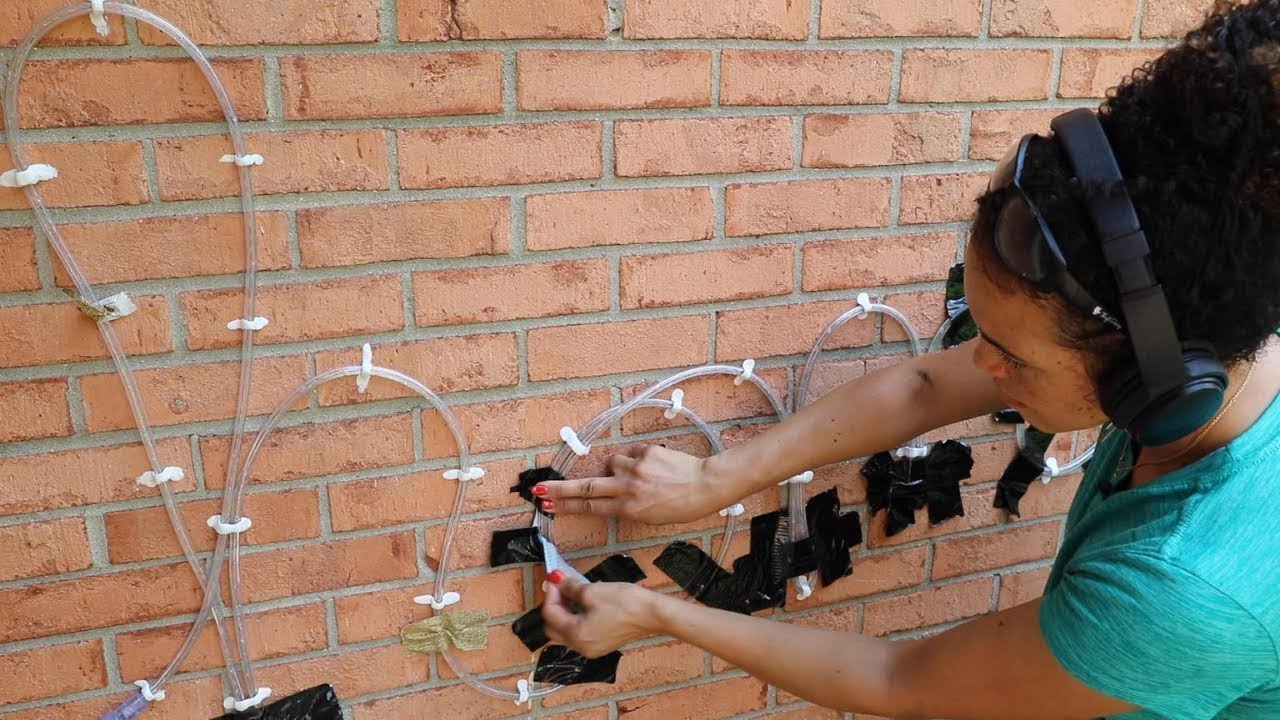
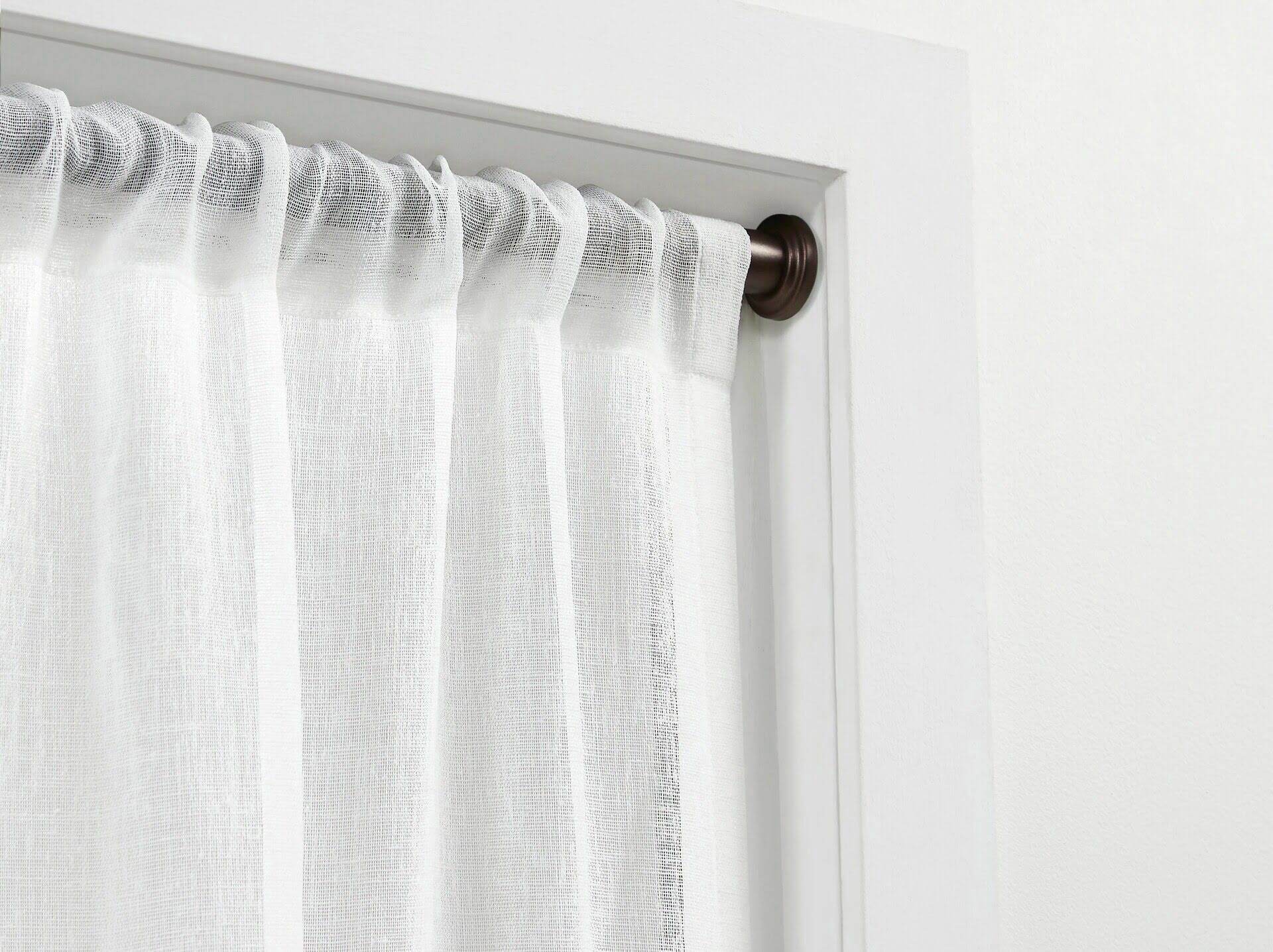
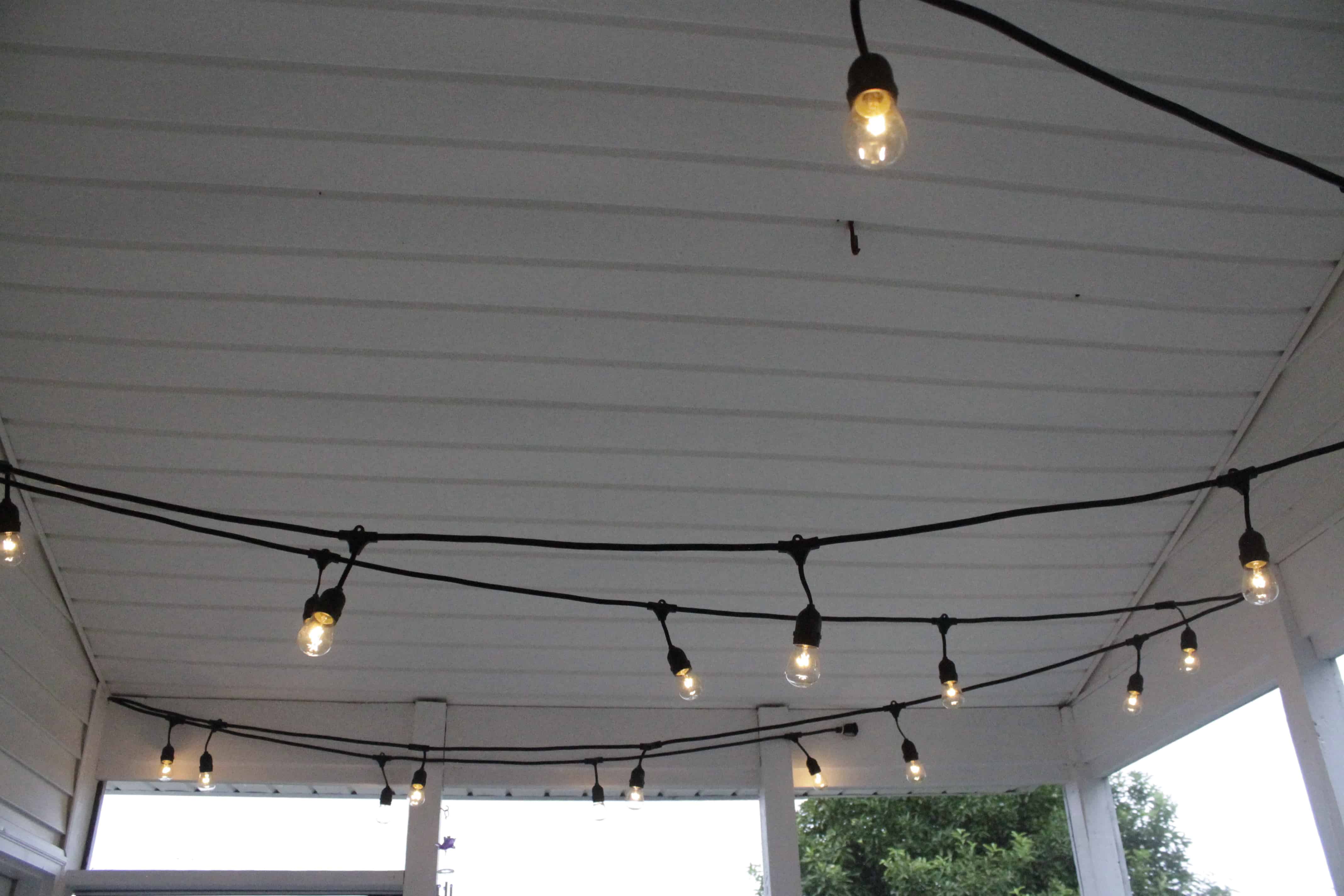
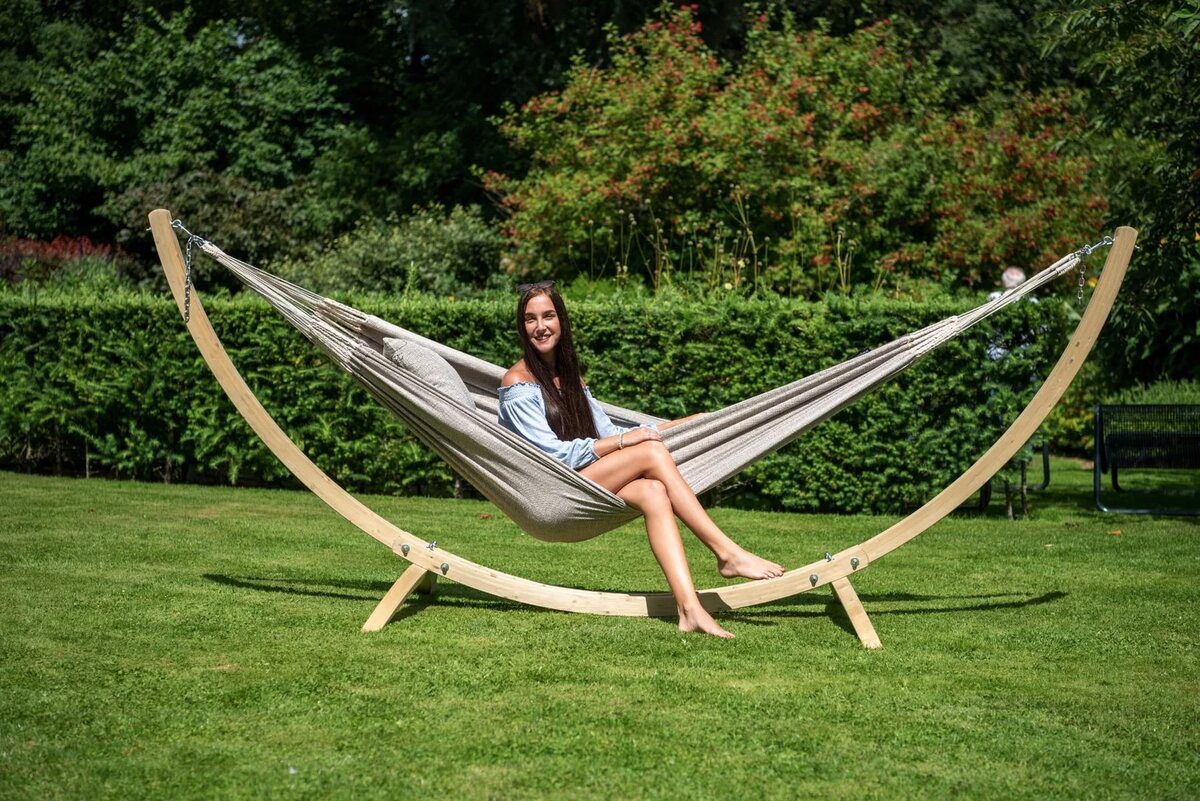
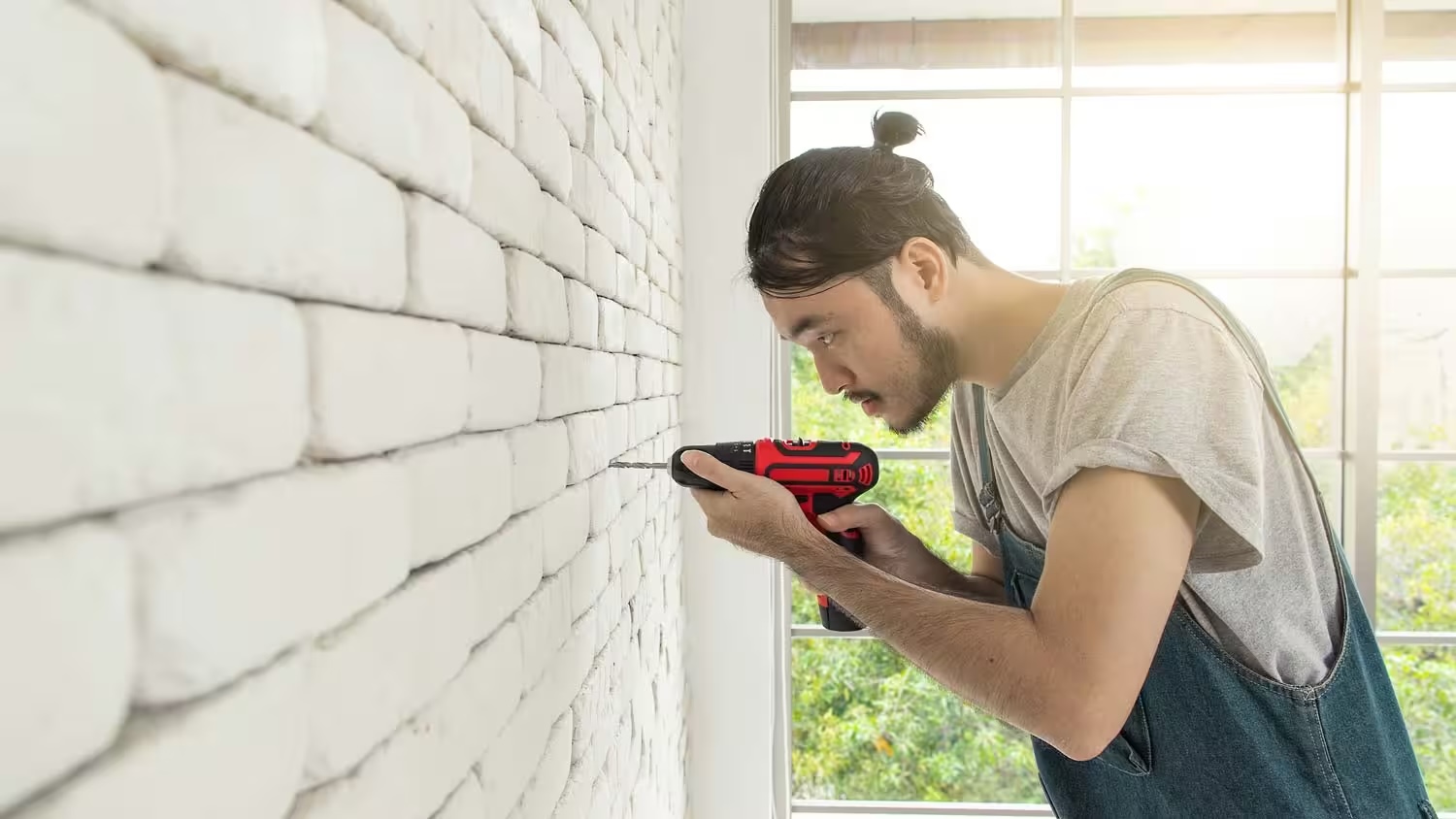
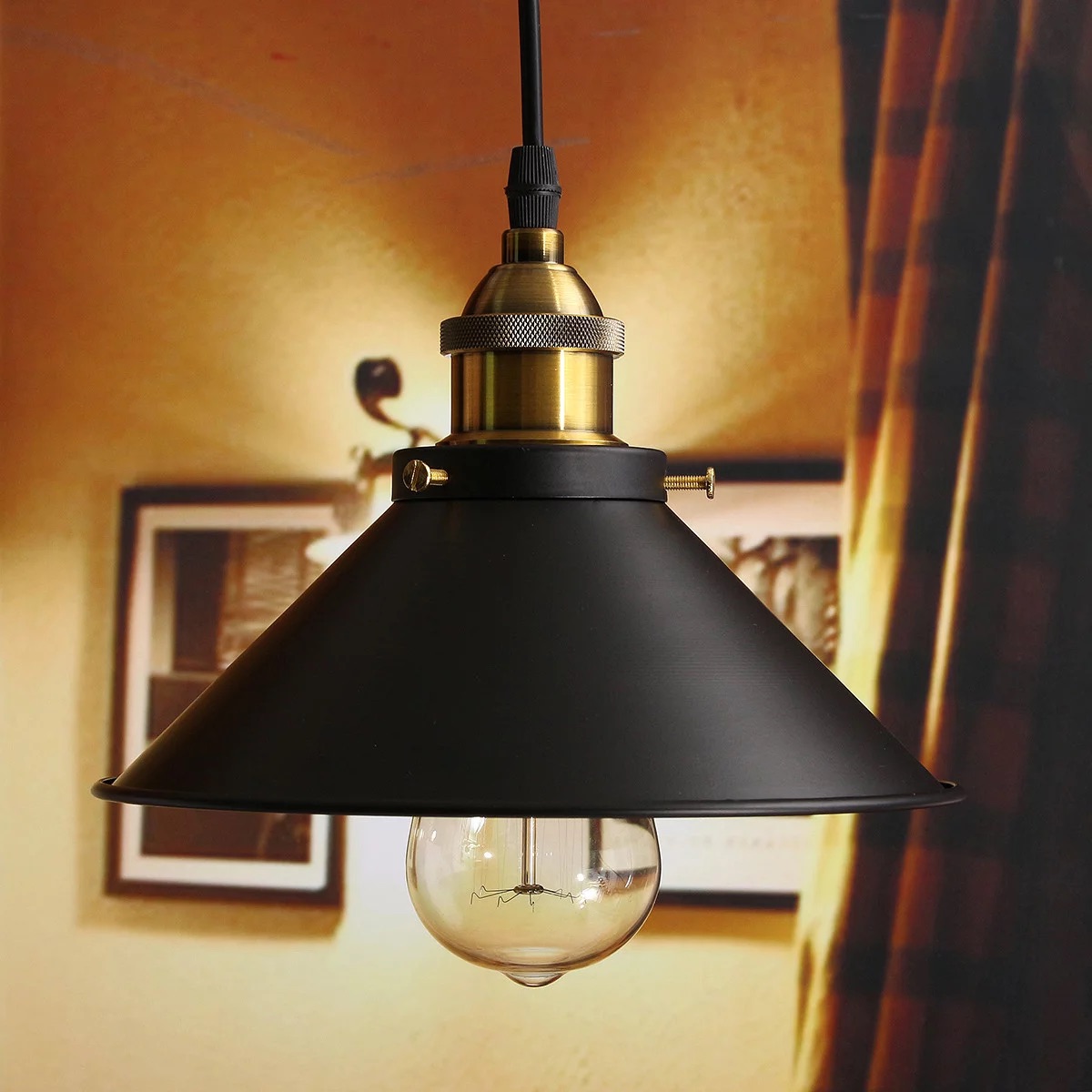
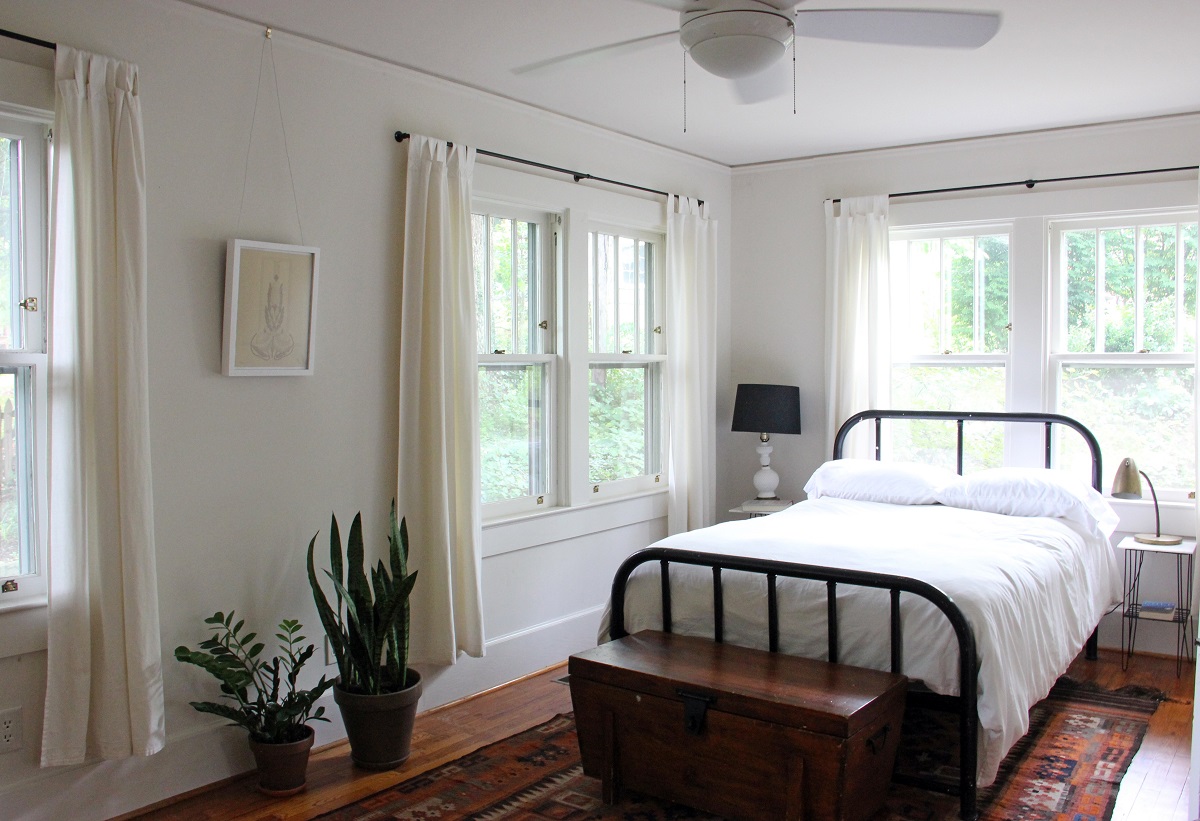
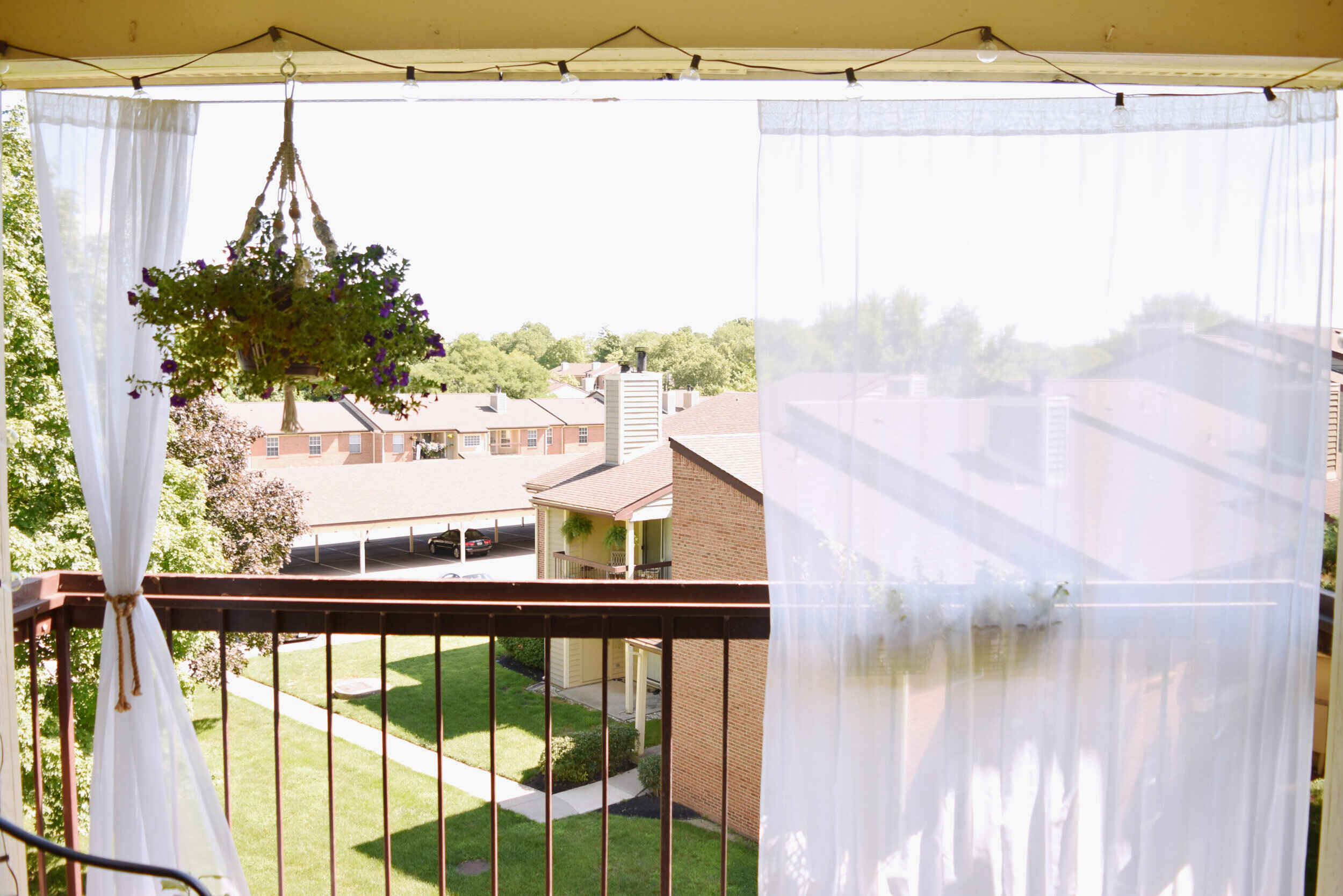
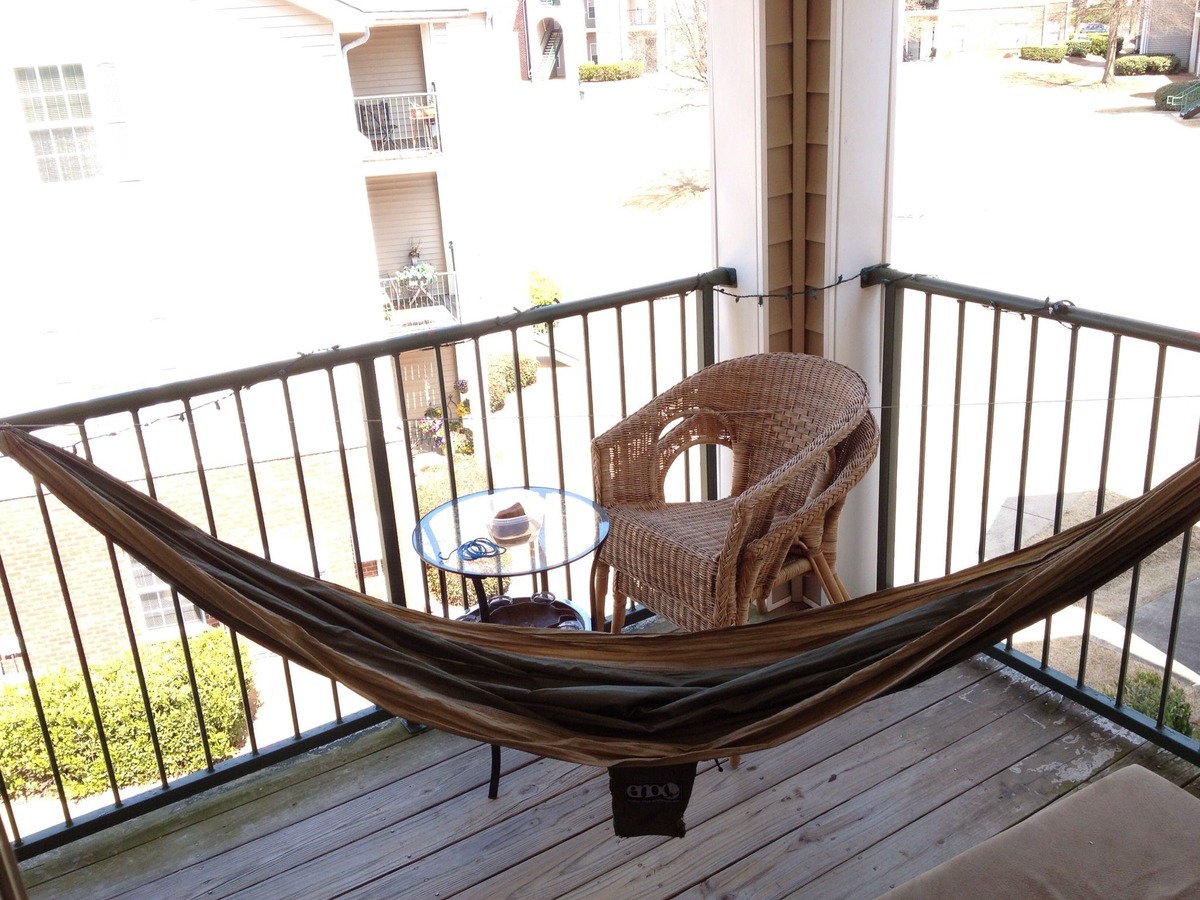
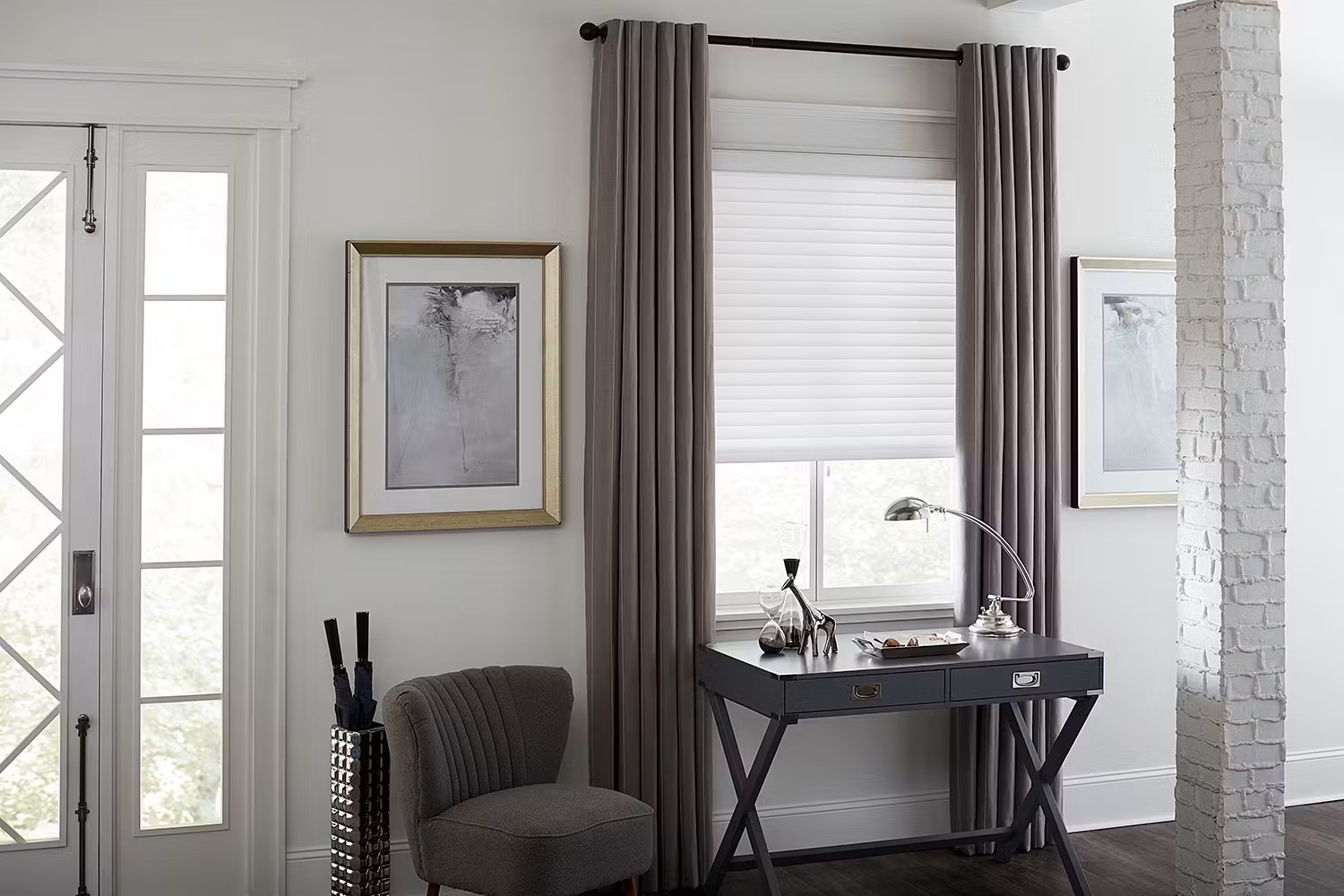
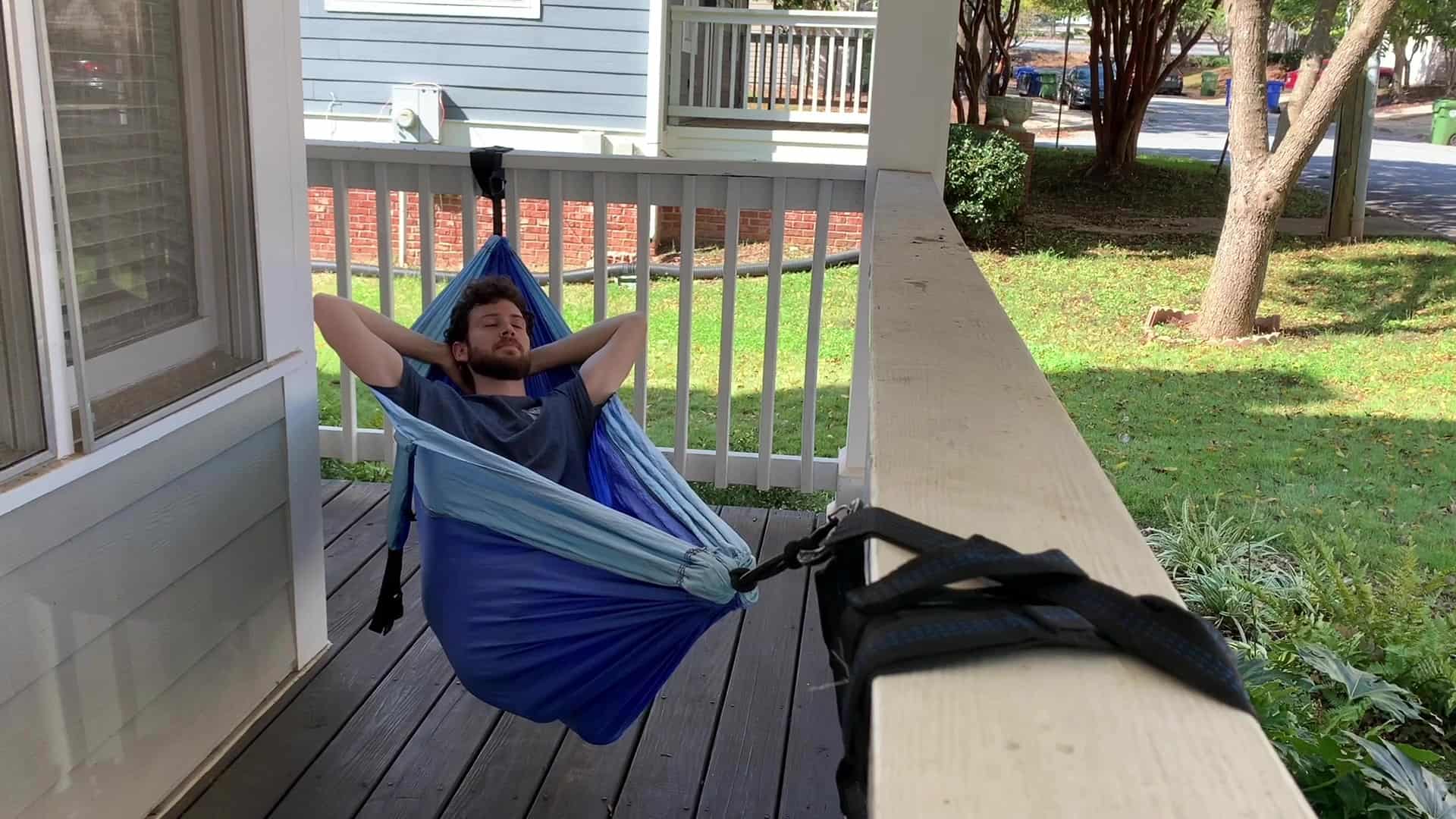
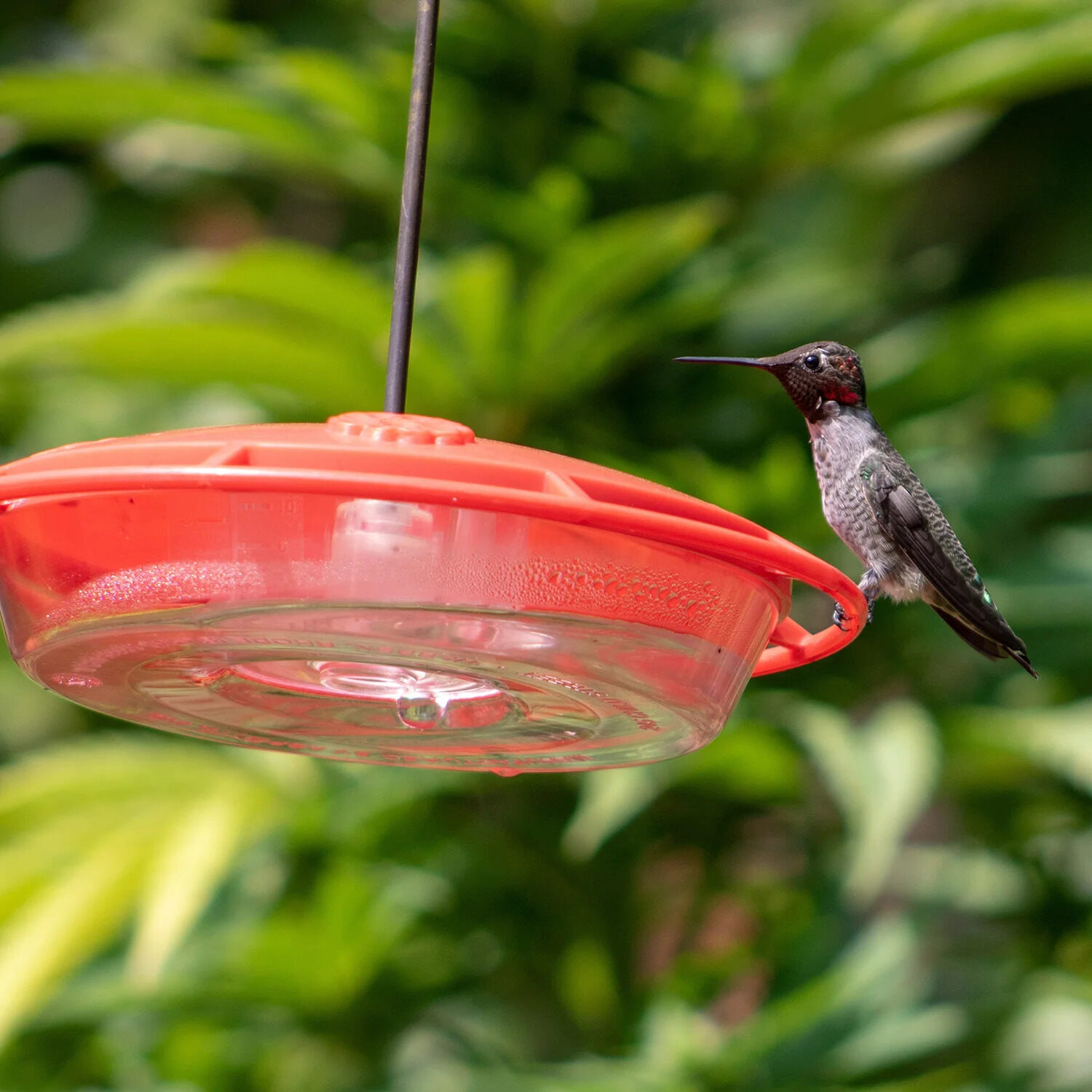
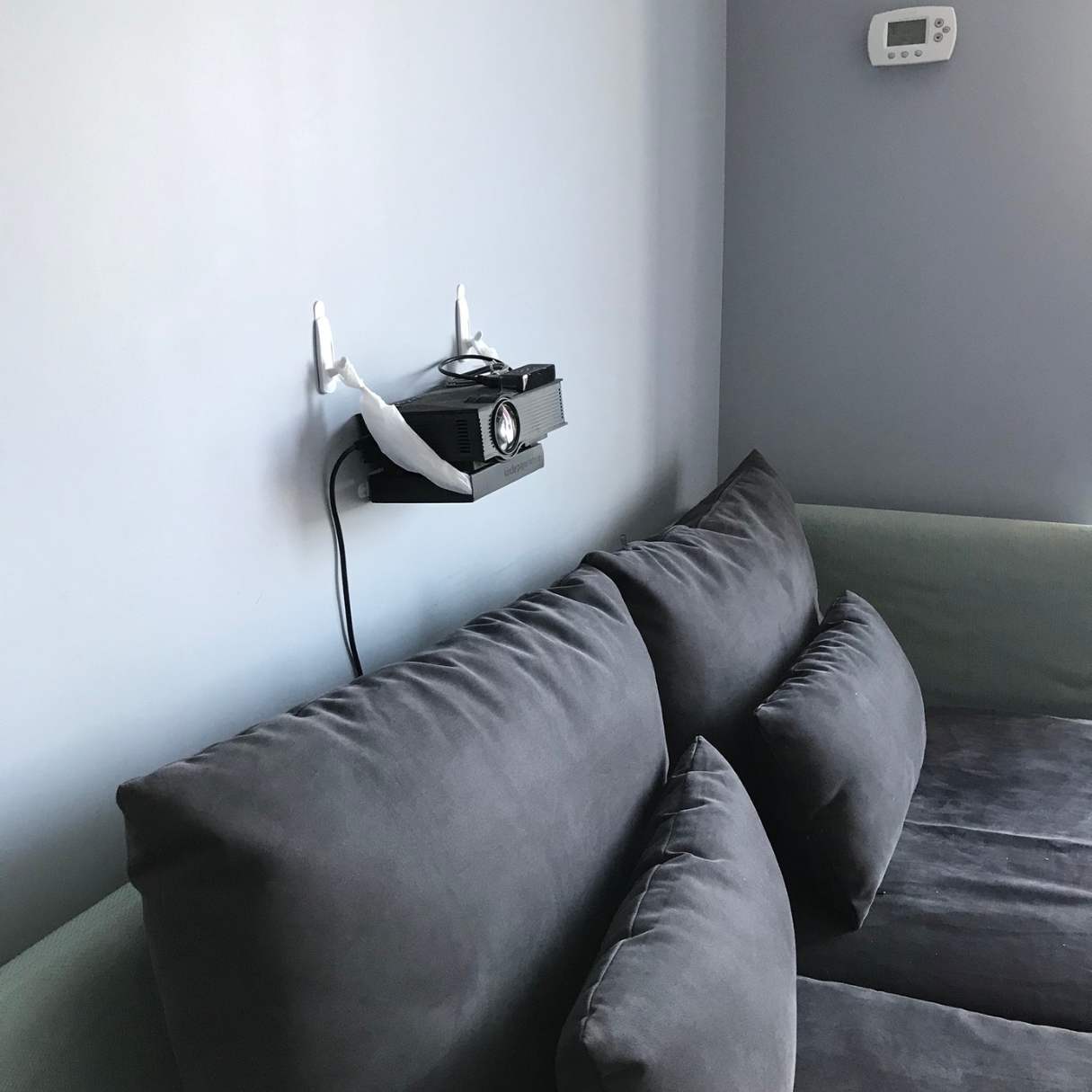
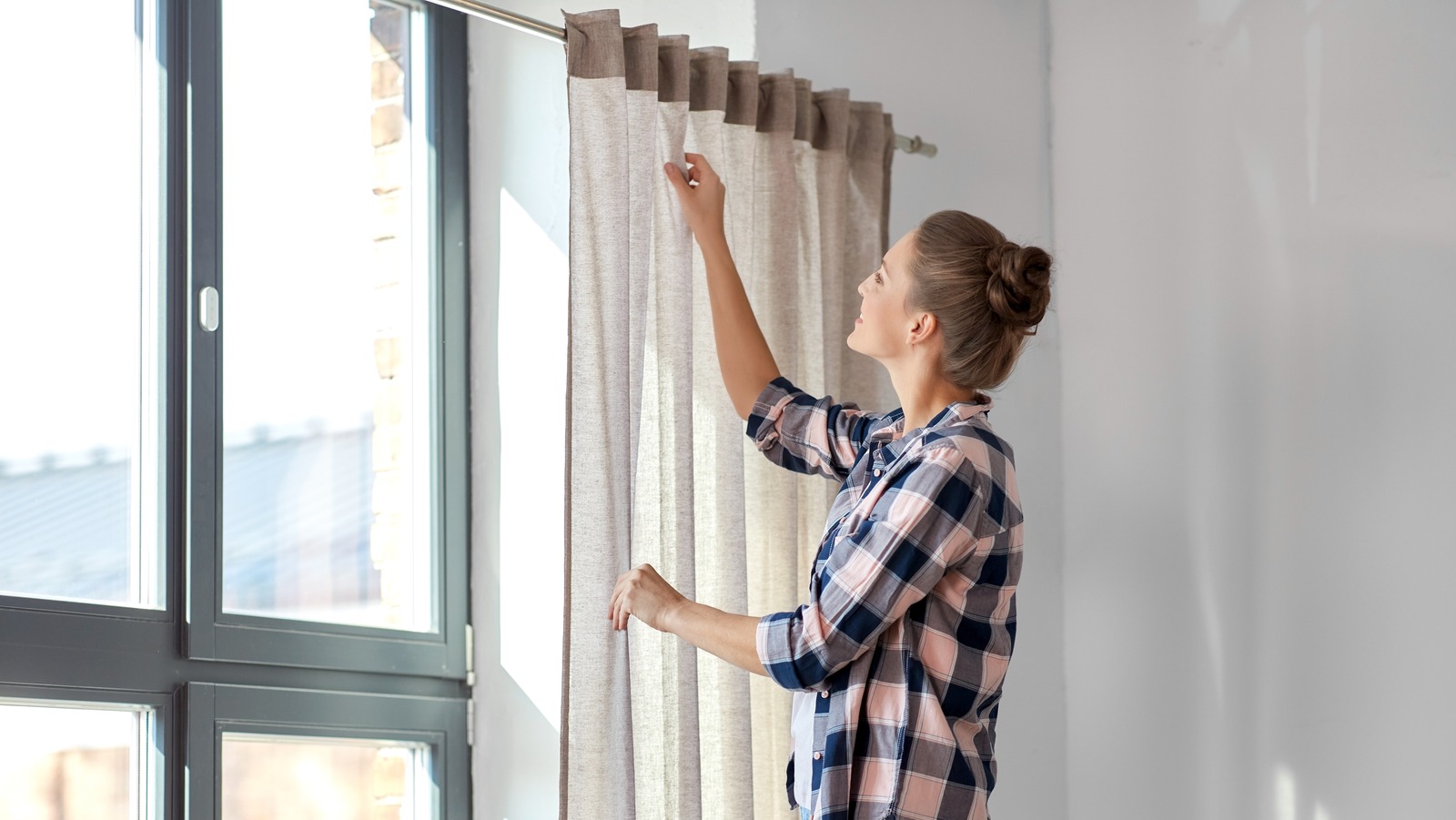

0 thoughts on “How To Hang Plants In Balcony Without Drilling”